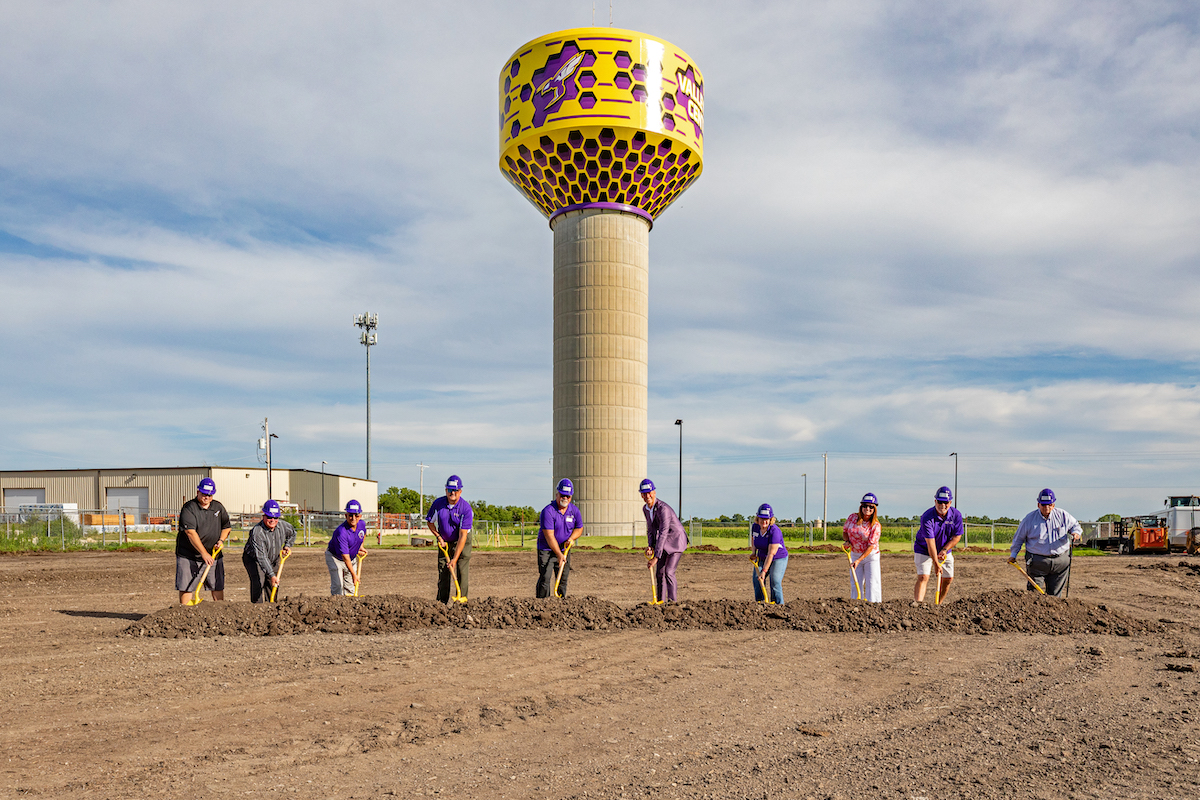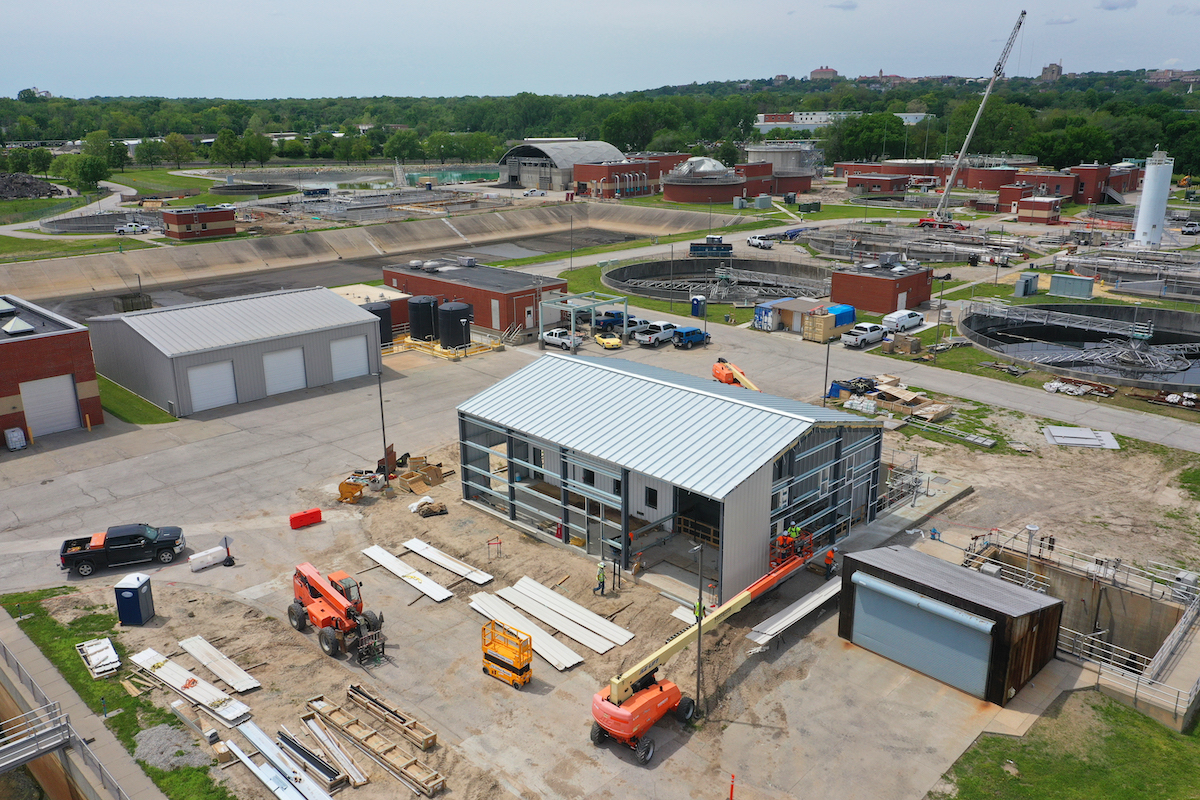On one such route, State Road 681 in the Gulf Coast town of Venice, Ajax Paving of Florida was tasked with repaving a 4-mile section that needed both repair and partial redesign. Using an innovative technology for the milling facet of the job, Ajax was able to lower manpower demands, while raising production levels and project efficiency. The resultant milled surface serves as the ideal platform for subsequent paving – a smoother evacuation effort in every sense of the term.
“We’ve tackled some of Florida’s major highway projects in the past, many of which have been recognized by industry organizations for their excellence,” he said. “So, we are well-positioned for a project like the SR 681 Venice Connector. Literally well-positioned, in fact – one of our asphalt plants is located minutes from the job site which made it ideal for both recycling the millings and delivery of fresh asphalt. The project was important, given that the highway is a critical east-west artery and serves as a major evac route for the city of Venice which is a growing area.”
The scope of the project included a total of 8 miles of milling and resurfacing, cross-slope correction for both leveling and rider comfort, as well as guardrail and drainage improvements. To maximize safety, a “Wrong Way Driving” detection system on the I-75 off-ramp to SR 681 was also installed.
“We had been considering the SmoothRide solution from Topcon since its introduction and the SR 618 project seemed the perfect opportunity to put it to work,” said Ben Harlan, Ajax’s Field Technology Manager. “We liked the fact that it is designed to simplify the process – be it milling or paving – by combining vertical data from the machine’s sonic tracker with GNSS for the horizontal positioning. We felt the combination of the two could give us the 3D-grade accuracies we wanted, without the need for a robot or lasers. And being the first paving company in the state to have it is a feather in our cap.”

| Your local Leica Geosystems Inc dealer |
|---|
| Laser Specialist inc |
Harlan started the SmoothRide-based workflow with a scan of the 4-mile-long, north and southbound lanes of SR 681. Using a Topcon RD-M1 laser scanner attached to his pickup, he was able to quickly and easily get the scans he needed – without the need for any lane closures on the busy highway. “I actually broke the scanning sessions up into smaller segments in order to make post-processing the data easier. Even with that, it was still much faster than shooting a topo. And we got points every 6 to 8 inches compared to a topo, which would have only given us a reading every 25 feet. It was definitely faster and far more productive for us.”
“TIP was responsible for putting Wirtgen’s Level Pro leveling system into the 210 mill along with the infrastructure – the uprights, the antenna brackets, etc. – to support the new milling technology,” he said. “What makes this particularly attractive is that Ajax will not only be able to move the RD-MC solution from mill to mill, but they can also have it specified in the bid contract that any milling company needs to have their equipment outfitted in that way in order for Ajax to perform the job for them. It ensures that the work will be done in the best manner possible, so it’s really a win for everyone.”
The SR 681 Connector project was done in phases, with Phase 1 being the structural course on the outside northbound and southbound lanes. While that first phase is fairly straightforward from a milling perspective, the same cannot be said for Phase 2, according to Harlan.
“Work on the inside lanes calls for a good deal of slope correction,” he said. “So, when we get to Phase 2, milling will be variable depth. In some places we will be milling 2-inches and in others we’ll be cutting as much as 4-3/4 inches. But the Topcon solution makes it simple and easy – once you get the surface built and redesigned to the plans, you’re ready to roll.”
“Based on evaluations performed by Florida DOT engineers, which included checking of existing slopes, core depths, visual inspections, etc., six non-uniform locations were found,” said Hunt. “Those are the areas in which the RD-MC component of SmoothRide will really excel.”
The combination of top-flight equipment – TIP’s Wirtgen W210 Fi features a 7-foot-wide mill – and the RD-MC solution, helped Ajax achieve production rates of up to 3,000 feet per day. According to Hunt, using the enhanced milling approach also streamlined the paving effort that followed on the heels of the milling.
“Using SmoothRide allowed us to correct the profile and get the surface to the point where all we had to do was pave to mill depth,” he said. “That’s important because, when paving using grade control with an incorrect grade, you run the risk of laying down more material than needed. Having confidence in that milled surface basically helps us maintain the correct spread rate and virtually eliminate material overages. On this project, we will be removing about 35,500 tons of millings – which will be recycled into new product – and laying down some 31,680 tons of new material.”
“The team at Dobbs – on both the machine and positioning sides – is great to work with and always looks out for our best interest,” he said. “While the RD-MC solution was very easy to learn, there were elements of it for which we occasionally needed help, and they were always there for us. And TIP has been an excellent partner both here and on past projects – including a major central Florida intersection reconstruction we completed in just four weeks. They have very good people, very good equipment and, much like Ajax, are willing to embrace new approaches to technology. We can’t say enough about both organizations.”
Because Ajax’s work is fairly equally balanced between road paving and airport work, both Harlan and Hunt see the SmoothRide solution playing a role in the company’s future work. Hunt acknowledges that it will be job-select, that is, used on projects in which it can prove beneficial. “But I can see it being invaluable on our airport work in which meeting tough design criteria is key. This will definitely play a role there,” he said.
And Harlan sees the RD-MC as being ideal for projects involving slope corrections and overbuilds. “We can do a quick scan, load that onto a paver equipped with RD-MC and make short work out of that overbuild. In so many ways, this solution will be a great tool to have moving forward. In the meantime, SR 681 is smoother and safer than ever – and ready the next time an evacuation is necessary.”









































































